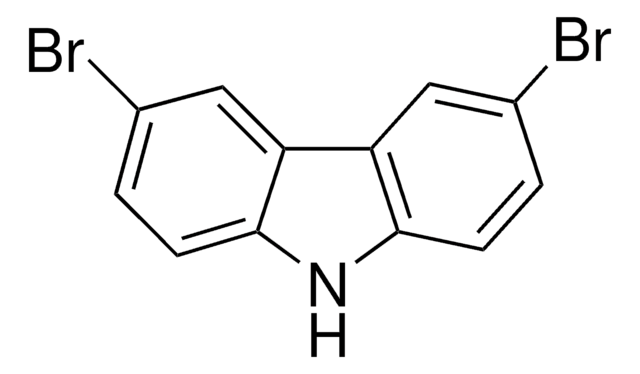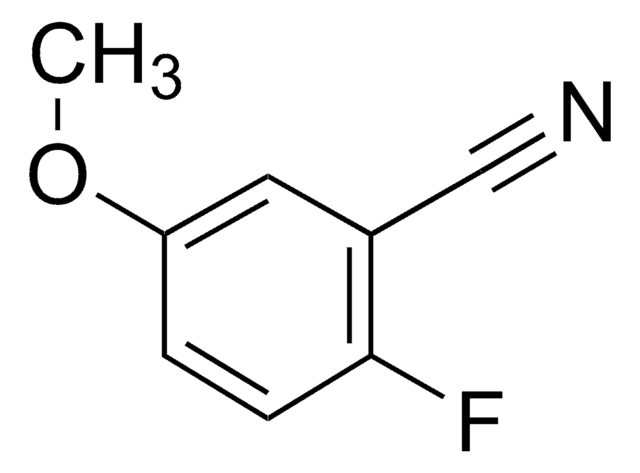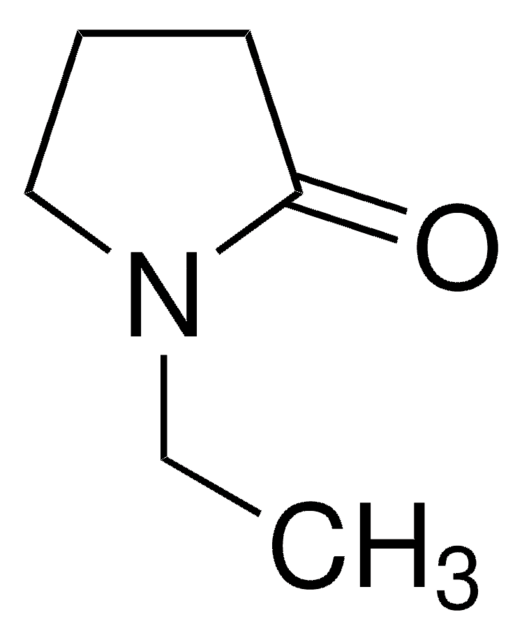BCR266
7H-Dibenzo[c,g]carbazole
BCR®, certified reference material
Sinónimos:
3,4,5,6-Dibenzocarbazole
About This Item
Productos recomendados
grade
certified reference material
agency
BCR®
manufacturer/tradename
JRC
technique(s)
HPLC: suitable
gas chromatography (GC): suitable
format
neat
storage temp.
2-8°C
SMILES string
[H]n1c2ccc3ccccc3c2c4c1ccc5ccccc45
InChI
1S/C20H13N/c1-3-7-15-13(5-1)9-11-17-19(15)20-16-8-4-2-6-14(16)10-12-18(20)21-17/h1-12,21H
InChI key
STJXCDGCXVZHDU-UHFFFAOYSA-N
¿Está buscando productos similares? Visita Guía de comparación de productos
Analysis Note
BCR266
Legal Information
signalword
Warning
hcodes
Hazard Classifications
Acute Tox. 4 Oral - Carc. 2 - Eye Irrit. 2
Storage Class
11 - Combustible Solids
wgk_germany
WGK 3
flash_point_f
Not applicable
flash_point_c
Not applicable
Elija entre una de las versiones más recientes:
Certificados de análisis (COA)
Lo sentimos, en este momento no disponemos de COAs para este producto en línea.
Si necesita más asistencia, póngase en contacto con Atención al cliente
¿Ya tiene este producto?
Encuentre la documentación para los productos que ha comprado recientemente en la Biblioteca de documentos.
Nuestro equipo de científicos tiene experiencia en todas las áreas de investigación: Ciencias de la vida, Ciencia de los materiales, Síntesis química, Cromatografía, Analítica y muchas otras.
Póngase en contacto con el Servicio técnico![11H-Benzo[a]carbazole](/deepweb/assets/sigmaaldrich/product/structures/391/065/abfb4cba-81ab-44b8-a816-d8791a903400/640/abfb4cba-81ab-44b8-a816-d8791a903400.png)
![4H-benzo[def]carbazole AldrichCPR](/deepweb/assets/sigmaaldrich/product/structures/319/198/4208123a-456b-4f27-bc62-bc3af7c1d403/640/4208123a-456b-4f27-bc62-bc3af7c1d403.png)


![[1,1′-Bis(diphenylphosphino)ferrocene]dichloropalladium(II)](/deepweb/assets/sigmaaldrich/product/structures/130/734/8846aa26-1858-458a-998d-8c306c13bf0f/640/8846aa26-1858-458a-998d-8c306c13bf0f.png)
![Dibenz[a,c]acridine BCR®, certified reference material](/deepweb/assets/sigmaaldrich/product/structures/409/012/e2e7efd7-cd34-4a89-b5b5-bf5a65110e69/640/e2e7efd7-cd34-4a89-b5b5-bf5a65110e69.png)





